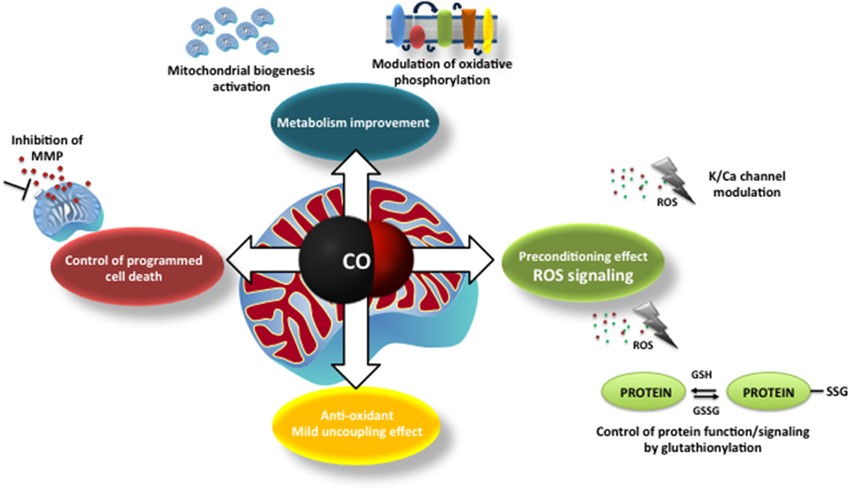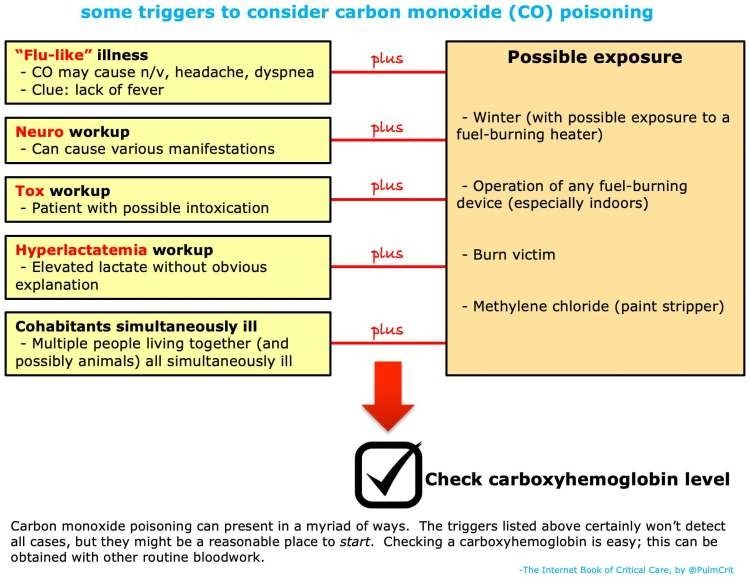Carbon monoxide poisoning, often abbreviated as CO poisoning, is a serious health concern that can lead to severe illness or even death if not addressed promptly. This odorless, colorless gas is produced by the incomplete combustion of fuels such as gasoline, natural gas, wood, and coal. Because it is impossible to detect without specialized equipment, understanding its causes, recognizing its symptoms, and knowing the available treatment options is crucial for preventing tragedy.

What is Carbon Monoxide?
Carbon monoxide is a gas that forms when carbon-based fuels do not burn completely. It is a common byproduct of many household appliances, vehicles, and industrial processes. While small amounts of this gas are usually harmless, higher concentrations can be deadly. When inhaled, carbon monoxide enters the bloodstream and binds to hemoglobin, the protein in red blood cells responsible for carrying oxygen. This prevents oxygen from being transported effectively throughout the body, leading to tissue damage and organ failure.
Common Sources of Carbon Monoxide
- Household Appliances: Gas stoves, water heaters, furnaces, and space heaters can produce carbon monoxide if they are not properly maintained or ventilated.
- Vehicles: Cars, trucks, and motorcycles emit carbon monoxide through their exhaust systems, especially when left running in enclosed spaces like garages.
- Fireplaces and Wood Stoves: Incomplete combustion of wood or charcoal can release carbon monoxide into the air.
- Portable Generators: These devices are often used during power outages but can emit dangerous levels of carbon monoxide if used indoors or near open windows.
- Industrial Equipment: Machinery used in factories and construction sites may also produce carbon monoxide if not properly regulated.
Symptoms of Carbon Monoxide Poisoning
The symptoms of carbon monoxide poisoning can vary depending on the level of exposure and the duration of inhalation. In mild cases, the signs may resemble those of the flu or food poisoning, making it easy to overlook. However, as exposure increases, the symptoms become more severe and life-threatening.
Mild Symptoms
- Headache
- Dizziness
- Nausea
- Weakness
- Confusion
- Shortness of breath
Severe Symptoms
- Chest pain
- Loss of consciousness
- Seizures
- Blurred vision
- Rapid heartbeat
In extreme cases, prolonged exposure to high levels of carbon monoxide can result in coma or death. Infants, elderly individuals, and people with pre-existing health conditions such as heart disease or respiratory issues are particularly vulnerable to the effects of carbon monoxide.
Diagnosing Carbon Monoxide Poisoning
Because the symptoms of carbon monoxide poisoning are similar to those of other illnesses, diagnosing it can be challenging. Healthcare providers rely on a combination of patient history, physical examination, and diagnostic tests to confirm the presence of carbon monoxide in the body.
Patient History
Doctors will ask about recent activities and environments that may have exposed the individual to carbon monoxide. Questions may include whether the person has been using gas-powered appliances, spending time in poorly ventilated areas, or experiencing symptoms alongside others in the same household.
Physical Examination
A physical examination helps identify signs of oxygen deprivation, such as flushed skin, rapid breathing, or confusion. The doctor may also check for elevated levels of carboxyhemoglobin, a compound formed when carbon monoxide binds to hemoglobin.
Diagnostic Tests
- Blood Tests: A blood test can measure the level of carboxyhemoglobin in the bloodstream, providing definitive evidence of carbon monoxide exposure.
- Oximeters: Pulse oximeters, which measure oxygen saturation in the blood, may show falsely normal readings in cases of carbon monoxide poisoning because they cannot distinguish between oxygen and carbon monoxide bound to hemoglobin.
Treatment Options for Carbon Monoxide Poisoning
Treatment for carbon monoxide poisoning focuses on removing the individual from the source of exposure and restoring normal oxygen levels in the body. Prompt medical attention is essential to prevent long-term complications or death.
Immediate Actions
If carbon monoxide poisoning is suspected, the first step is to move the affected person to fresh air immediately. Open windows and doors to ventilate the area, and turn off any potential sources of carbon monoxide. Emergency services should be contacted right away to ensure proper care.
Oxygen Therapy
Oxygen therapy is the primary treatment for carbon monoxide poisoning. There are two main types of oxygen therapy used in these cases:
- Normobaric Oxygen Therapy: This involves administering 100 percent oxygen through a mask. It helps speed up the elimination of carbon monoxide from the bloodstream.
- Hyperbaric Oxygen Therapy: In severe cases, hyperbaric oxygen therapy may be recommended. This treatment involves placing the patient in a pressurized chamber where they breathe pure oxygen at higher-than-normal atmospheric pressure. Hyperbaric oxygen therapy can accelerate the removal of carbon monoxide and reduce the risk of long-term damage.
Supportive Care
In addition to oxygen therapy, patients may require supportive care to manage symptoms and complications. This can include intravenous fluids, medications to control seizures or heart irregularities, and monitoring of vital signs. Patients with underlying health conditions may need additional interventions to stabilize their condition.
Preventing Carbon Monoxide Poisoning
Prevention is the most effective way to protect against carbon monoxide poisoning. By taking proactive measures, individuals can minimize their risk of exposure and ensure the safety of their families.
Install Carbon Monoxide Detectors
Carbon monoxide detectors are essential for early detection of the gas. These devices should be installed on every level of the home, especially near sleeping areas. Regularly test the detectors and replace batteries as needed to ensure they are functioning properly.
Maintain Appliances and Equipment
Regular maintenance of fuel-burning appliances is critical to preventing carbon monoxide leaks. Schedule annual inspections for furnaces, water heaters, and other gas-powered devices. Ensure that chimneys and vents are clean and free of obstructions.
Practice Safe Habits
- Never use portable generators, grills, or camp stoves indoors or in partially enclosed spaces.
- Do not leave vehicles running in attached garages, even if the garage door is open.
- Use caution when operating fuel-burning equipment in confined areas, such as basements or tents.
Educate Yourself and Others
Understanding the risks and symptoms of carbon monoxide poisoning is key to staying safe. Share this knowledge with family members, friends, and neighbors to raise awareness and prevent accidents.
Long-Term Effects of Carbon Monoxide Poisoning
Even after receiving treatment, some individuals may experience lingering effects from carbon monoxide exposure. These can include cognitive impairments, memory problems, and mood changes. In rare cases, delayed neurological symptoms may appear days or weeks after the initial exposure. Follow-up care and rehabilitation may be necessary to address these issues and improve quality of life.
Legal and Safety Regulations
Many countries have established regulations to reduce the risk of carbon monoxide poisoning. These include building codes that mandate the installation of carbon monoxide detectors, emissions standards for vehicles and appliances, and workplace safety guidelines. Staying informed about these regulations can help individuals advocate for safer environments in their homes and communities.





